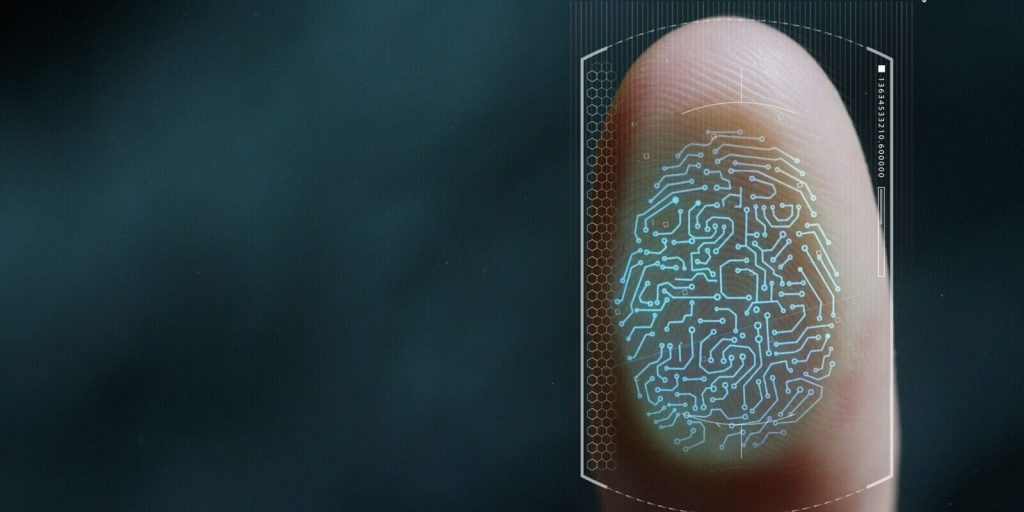Digital Evidence Collection through Computer Forensics Services for Legal Cases
Digital evidence collection is a critical aspect of modern legal cases, facilitated by the specialized field of computer forensics. This discipline involves the identification, preservation, analysis, and presentation of electronic data, which can be crucial in investigations ranging from criminal offenses to civil disputes. As technology continues to evolve, so too do the methods and tools employed by computer forensic experts, making their role increasingly significant in the legal arena. The process begins with the meticulous identification of potential sources of digital evidence. This can include computers, smartphones, tablets, servers, and even cloud storage. Forensic specialists must ensure that any devices containing relevant data are properly secured to prevent alteration or loss of information. This step is crucial because digital evidence can be highly volatile; even a minor change, whether intentional or accidental, can compromise its integrity. To mitigate this risk, forensic professionals use specialized tools and techniques to create exact copies or images of the digital data, which are then analyzed in a controlled environment.

Preservation is another critical component of digital evidence collection. Forensic experts employ a range of methods to maintain the authenticity of the data. This includes using write-blockers to prevent any modifications during the copying process and employing secure storage methods for the data images. Additionally, proper documentation throughout this stage is essential. Detailed records of how data was collected, handled, and preserved are maintained to ensure that the evidence can be validated and verified if challenged in court. Once data has been preserved, forensic analysis begins. This involves a thorough examination of the digital evidence to uncover relevant information. Analysts use sophisticated software to sift through vast amounts of data, looking for signs of tampering, deleted files, or other pertinent information. This phase requires a high level of expertise, as forensic professionals must interpret data in the context of the investigation, understanding how various digital artifacts relate to the case at hand. The Basics of Computer Forensics analysis can uncover critical evidence such as emails, documents, browsing history, and even metadata that can provide insights into the behavior and intentions of individuals involved.
Following the analysis, forensic findings are compiled into a comprehensive report. This report details the methodologies used, the evidence uncovered, and the conclusions drawn from the analysis. It is designed to be clear and understandable, even to those without a technical background, such as judges or juries. In some cases, forensic experts may also be called to testify in court, providing expert opinions and explaining the significance of the digital evidence. The role of computer forensics extends beyond mere data recovery; it involves a systematic approach to ensure that the evidence is reliable and admissible in court. The adherence to legal and procedural standards throughout the process helps to uphold the integrity of the evidence and supports the judicial system in making informed decisions based on digital information. In summary, computer forensics services play a pivotal role in legal cases by providing a structured approach to digital evidence collection and analysis.